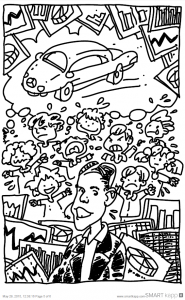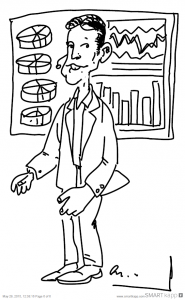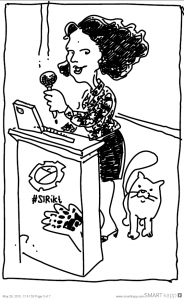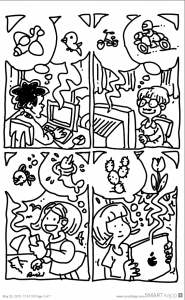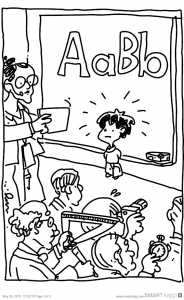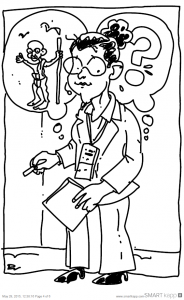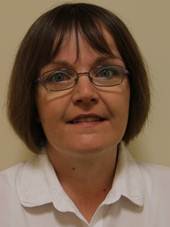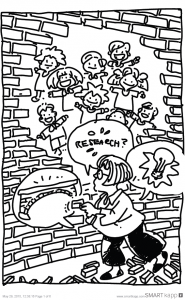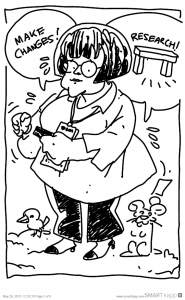Andrej Koložvari, OŠ Franceta Prešerna Kranj
Children in primary school are faced with spatial modeling at several different school subjects when they transfer an idea into a three-dimensional image. With that they develop spatial intelligence. Different software tools are used to create a digital model. At technical educations class it is often the case that when pupils print their drawing of a 3D model all further processes are stopped. Ideas, sketches, technical drawings and BOM are not followed by any manufactured product or prototype. The pupil can only produce an incomplete mindmap. Technical Drawing is not an end in itself. Using a 3D-printer is perhaps one of the solutions. RepRap technology also allow the massive use of 3D-printers. Useful items can be printed at home. The time from idea to prototype has been shortened. Digital technology is changing manufacturing, educational and social processes. Giving birth to a new profession 3d printer. The school follows the achievements of science and technology. 3D printer is becoming an important teaching aid for teaching technical education, fine arts, robotics, drawing in geometry and engineering, physics and other subjects. New technology brings changes in teaching methods, devices and materials. RepRap 3D printers offer an open field solutions in education and elsewhere in society.



